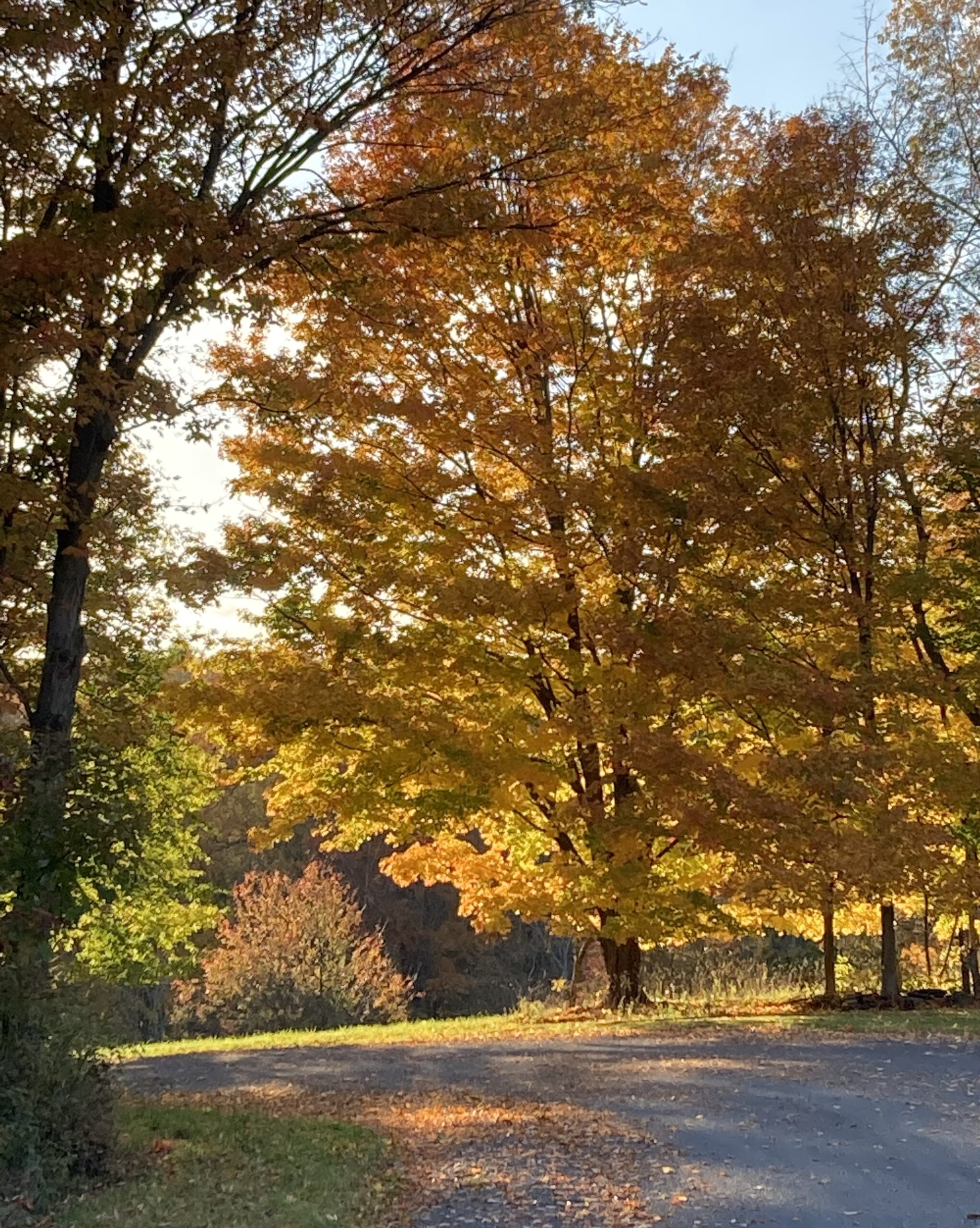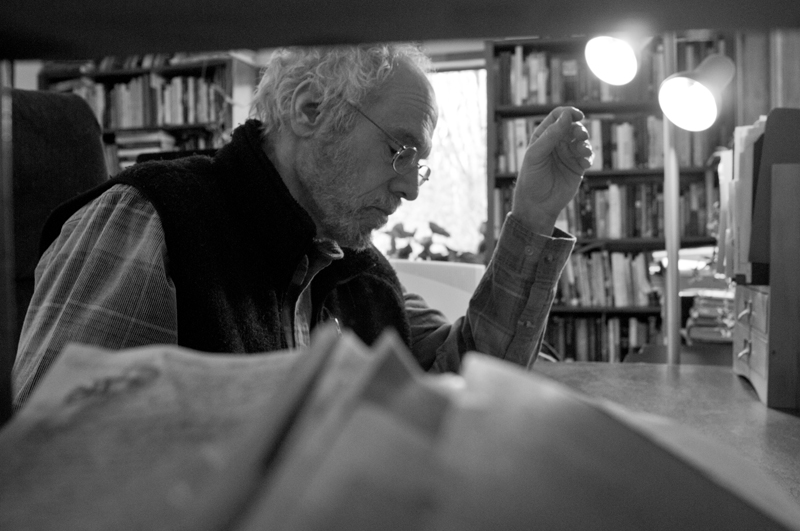Sometimes teachers ask themselves, “How do I get students to use the full writing process, to start with brainstorming and proceed to outlining, first draft, etc.,?” I think that question assumes that the writing process, as usually taught, is the most appropriate way for each student to approach writing. I prefer to start with: “How do I help each student to think clearly and express that clarity?” Or: “How do I help this student to write well?” Or: “How do I motivate this student to write?” And: “How do you write what is your own truth?” Discovering what works best for you, and why, can help you relate to your student’s struggles. And when writing is viewed as revelation or discovery, a means not only for expressing but thinking critically about yourself and your life, then writing becomes intrinsically motivating. It is not just something imposed by a teacher. And then the most important part of writing instruction is already taught.
I noticed that whenever I first try to discuss the process of writing with a group of secondary school students, they rarely like or fully understand how to outline or brainstorm. Or maybe they don’t like it because they don’t understand it. They think the “full writing process” is a waste of time. Outlining feels artificial, inauthentic. Brainstorming, they think, only gets in their way. They want to “just write” or just get something down on a page.
It’s helpful to ask students how they approach writing and what is most difficult for them, but you have to listen and watch closely for answers. They might not be able or willing to say it all in words. And you need ways to individualize instruction in response to what they say.
Sometimes, the problem is that they don’t know how to organize their ideas or they are easily overwhelmed by material. In that case, I offer a form guiding them step by step through structuring their essay. Or, in the past, I showed students an old process used by scriptwriters. It involves writing, on 3 x 5 cards, each scene you envision for the movie. Then you place the cards on a table and move them around to find the most appropriate plotline. You could do the same thing with a research or persuasive essay by recording facts, theories, and lines of reasoning on the cards and move them around to build the strongest argument for your position. Or you could use a concept map or computer graphics to serve a similar purpose.
Other times, students feel an outline or brainstorm takes away the creativity. Or, underneath that, they don’t trust their intellect or feel that if the process were too organized it would chase away their ideas. In that case, I explain that brainstorming allows them to work with their own brain and not against it. The brain processes that foster insight and creativity are different from those that edit, or check spelling and grammar. So doing a brainstorm frees the mind from anything that is irrelevant to writing a first draft.
But even more, I talk about uncovering your own truth. “What is it that you really feel, think and want to say?” Brainstorming is a way to free your mind from assumptions and get at what isn’t initially clear. It is a way to integrate material and synthesize information.
Actually, it’s helpful to talk about writing as part of thinking from the very beginning of an assignment or project. Start by giving students meaningful choices to write about. Then use prompts to help brainstorm how to approach the subject: “What intrigues you about this subject? What do you love or hate about it? What are your assumptions?” To help students understand the question or assignment, ask: “How are you hearing the question? What is it asking you to do? What are the different parts of the question?”
When you brainstorm, what do you do? Just put your pen to the paper and write whatever comes to you in response to the prompt. “What do you hear in your head? What thoughts and ideas come to you? If you get lost or confused, write down your confusion. Write what you hear, hear what you write. Don’t edit. Just let your self go free. Edit later. Write until what you hear feels real, honest, exciting, and large enough to do justice to the topic. Write until the topic feels new or fresh to you.” Sometimes, when you don’t know where to begin an essay or can’t figure out how to answer a question, make the essay the unraveling of your confusion. Start your brainstorm or the essay itself by voicing what troubles or confuses you. By going directly into it, it unravels. Much of this instruction I learned from a wonderful form of meditative writing called proprioceptive writing. This practice can be adapted to a classroom setting. It asks students to use a pen or pencil instead of a computer or phone because when you write with the hand, you actually shape the words and thus have a greater ability to see and hear what you write.
Emphasize that any writing, not just short stories or poetry or film scripts, is creative, and can follow the creative process. You begin with preparation and immersion in the material. You go through a time of frustration, even confusion, questioning. Then, before insight, you allow an incubation period. You step back. You meditate. You do exercises. You play games. Especially for younger students, but its great with anyone, have some fun. Loosen up. For example, if the assignment is to write a persuasive essay, ask the students, ”If the different sides or aspects of this question were animals, which ones would they be?” Or, you can imagine each side of an argument has a different tone of voice. Or you can have students draw the central questions they are dealing with.
When writing is explained in this way, it’s creative, not just work, not only logic. When the student’s actual thoughts, obstacles and ways of thinking are made part of the process, the assignment becomes less an imposition and more of a revelation. The student feels like you’re helping them discover their truth and power, not taking it away. And that’s exactly what you want and what writing is about.
*Over the next few months, I will be devoting more time to completing my book on teaching, less to these blogs, so don’t be surprised if I miss a week now and then. Wish me well.


